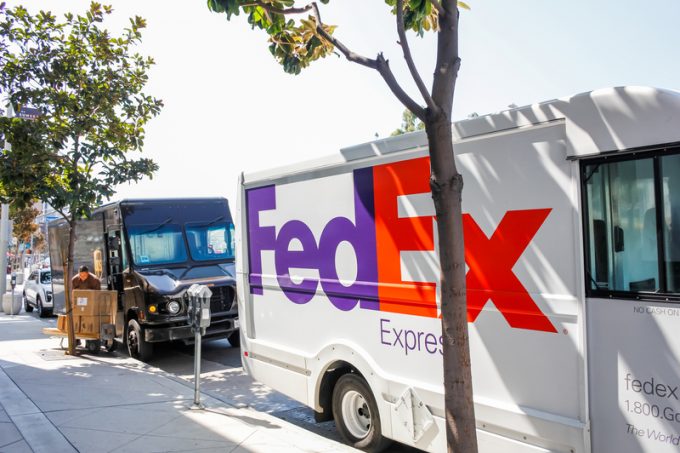UPS draws in customers with landed cost calculator, with a guarantee
UPS has taken advantage of the confusion and uncertainty surrounding tariffs and other charges to ...

Parcel shippers may be wondering if they missed something – a report citing several parcel consultants last week highlighted sweeping discounts from FedEx and UPS that were “extraordinary in their depth and breadth”.
At last, parcel rates are following the steep decline of pricing seen in the truckload, ocean and air cargo markets. And in the soft market conditions, the two large integrators are engaged in a tug-of-war over parcel traffic.
UPS lost a large chunk ...
Asia-USEC shippers to lose 42% capacity in a surge of blanked sailings
Why ROI is driving a shift to smart reefer containers
USTR fees will lead to 'complete destabilisation' of container shipping alliances
New USTR port fees threaten shipping and global supply chains, says Cosco
Outlook for container shipping 'more uncertain now than at the onset of Covid'
Transpac container service closures mount
DHL Express suspends non-de minimis B2C parcels to US consumers

Comment on this article